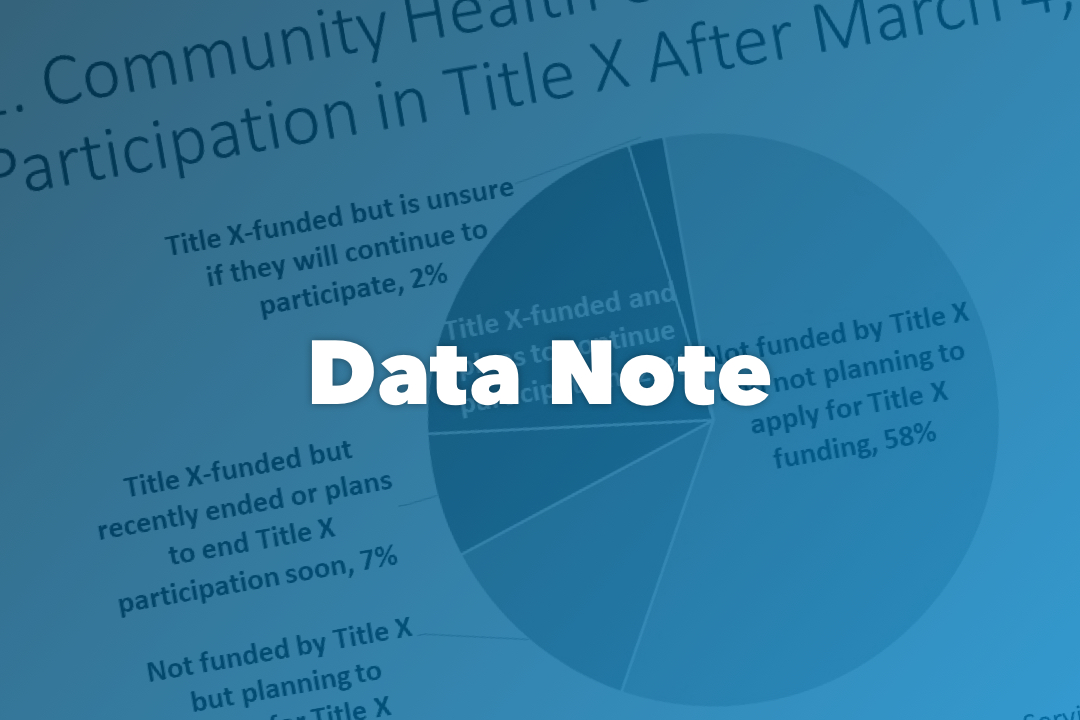Data Note
November 2023
Peter Shin, Rebecca Morris, Feygele Jacobs
Community health centers (CHCs) provide primary and preventive care services to underserved and vulnerable populations across nearly 15,000 communities, including rural and remote areas where health care resources are especially scarce. CHCs provide comprehensive, affordable, and high-quality care for 30.5 million low-income people, disproportionally serving those at greater risk for poor health, including uninsured and underinsured workers, people experiencing homelessness, and migrant and seasonal agricultural workers. Health centers provide critical access to a broad range of services including behavioral health care, substance use disorder services, dental care, and support services that can mitigate the use of costly care, including emergency, specialty and hospital care, while generating total health care cost-savings.
Community health centers continue to expand health care access to those in need (Figure 1). Since 2010, the number of patients served by CHCs has increased from 19.5 million to more than 30.5 million. The number of Medicaid-enrolled patients cared for by CHCs has also grown, from 7.5 million to over 15.2 million. The Affordable Care Act’s (ACA) Medicaid expansion contributed significantly to this increase, and to the associated – though temporary – decline in the number of uninsured patients served, as more individuals and families were enrolled in Medicaid. The number of uninsured CHC patients increased to about 6.8 million in 2019, just before the onset of the COVID-19 pandemic, and remains relatively high at about 5.7 million in 2022. The creation of the subsidized Health Insurance Marketplace also contributed substantially to the rise in the number of privately insured patients, with over six million served in 2022.
While CHCs rely on a mix of revenue streams to cover the cost of health care services, federal CHC grants remain essential. These grants are intended to cover the cost of care for uninsured patients as well as for non-reimbursable services – such as care coordination, transportation, interpretation and translation, and screening for food and housing gaps -- needed to address complex health-related social needs and reduce barriers to care.
Figure 2 shows health center funding since 2010. The creation in 2010 of the Community Health Center Fund, mandatory multi-year base grant funding established as part of the ACA, greatly boosted financial support to expand access and strengthen the health center program, anticipating the increase in coverage resulting from the Medicaid expansion and Marketplace. As shown in Figure 1, CHCs effectively leveraged this investment, growing substantially in capacity. However, as health center funding levels remain flat (or less, when accounting for rising inflation) CHCs are likely to face significant challenges to sustaining access, particularly as states continue to unwind pandemic-era Medicaid protections. The Medicaid “unwind” will not only increase the number of uninsured, but also reduce critical Medicaid revenue. Should flat or reduced funding continue, long-standing health center efforts to improve access while maximizing cost-effectiveness, which have generated $24 billion annually in cost-savings to the health care system, are likely to unravel. Any reductions in access or CHC capacity are likely to pose not only short-term challenges, such as delayed appointments, but have longer-term consequences as services and capacity are reduced, increasing the need for more costly care and eroding gains in access and health equity.




